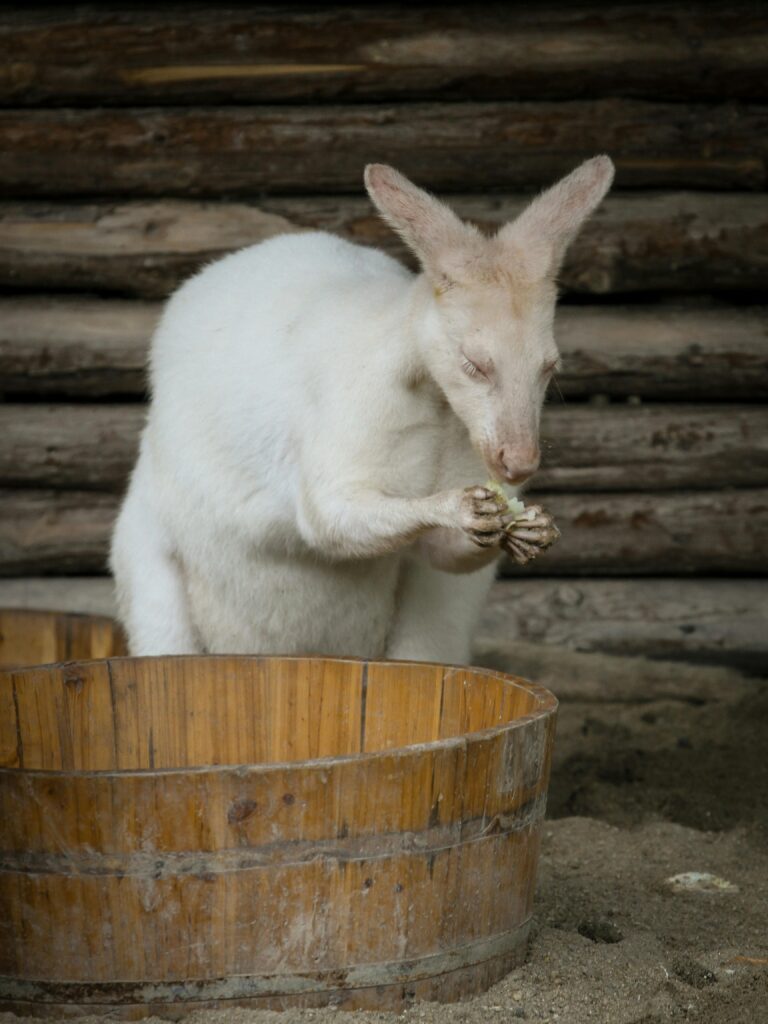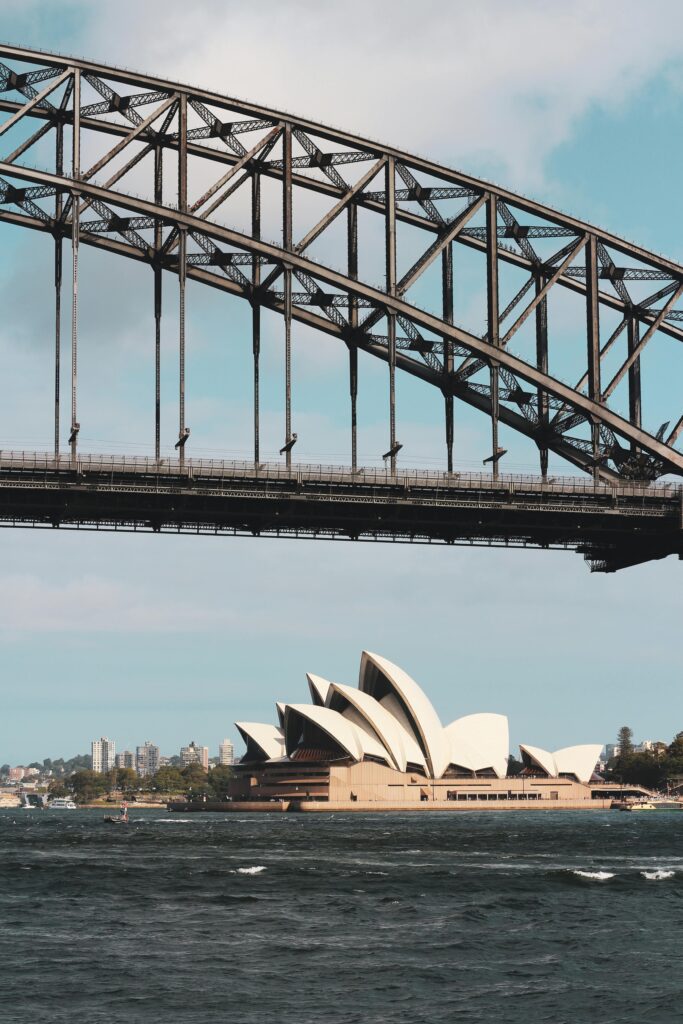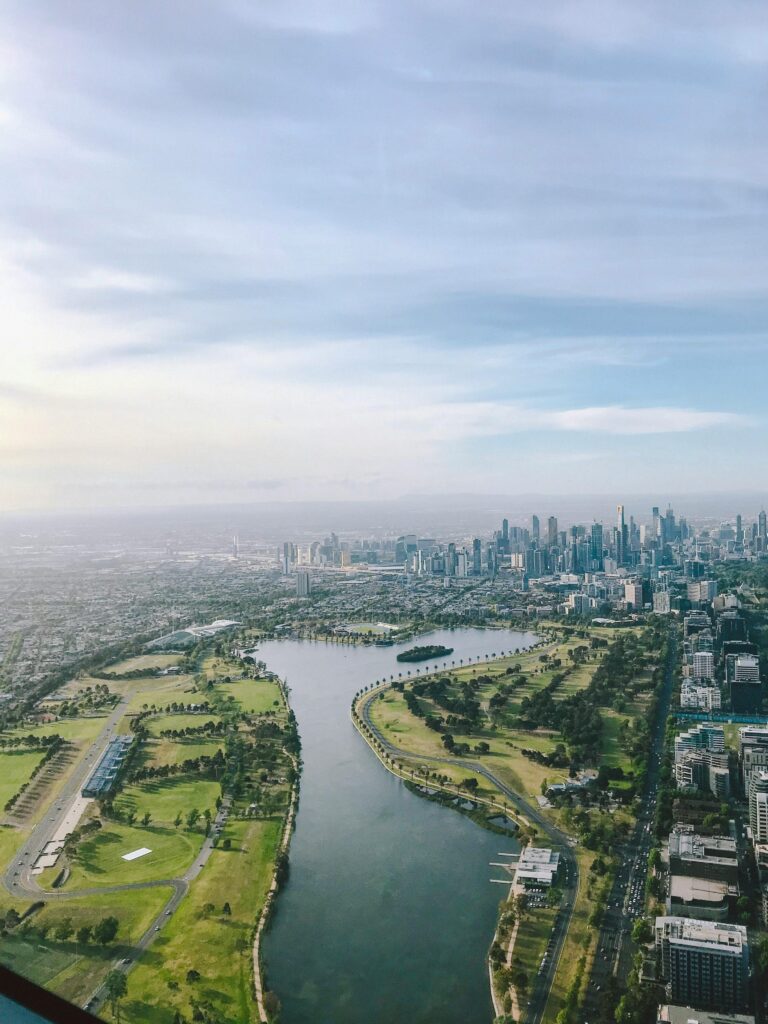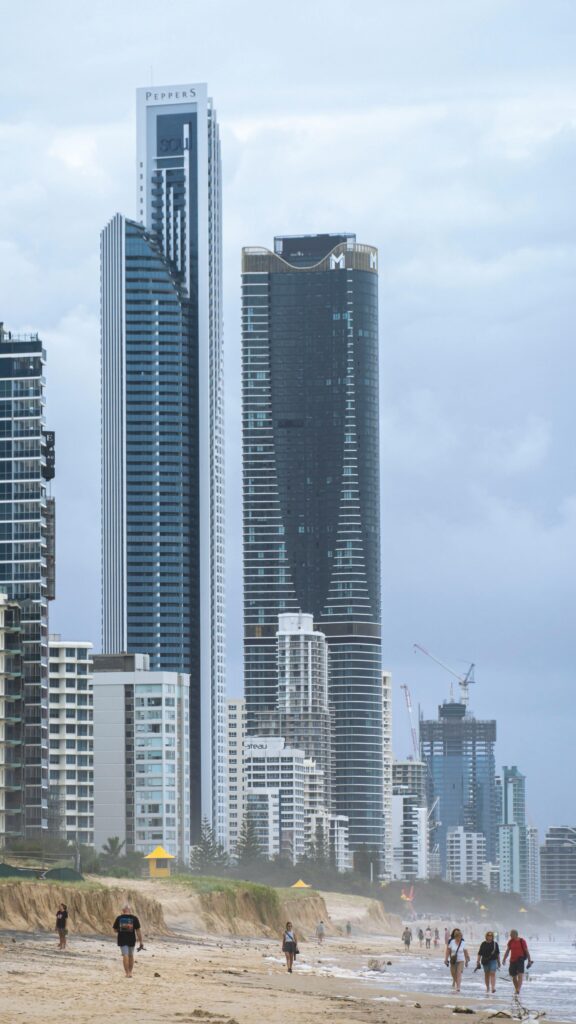Australia is a land like no other, home to some of the most unique and diverse wildlife on the planet. From the iconic kangaroos and cuddly koalas to the elusive platypus and colorful birdlife, Australia’s animals are as fascinating as they are varied. Whether you’re a wildlife enthusiast, a nature lover, or simply curious about the creatures that call this continent home, exploring Australia’s wildlife is an unforgettable experience.
In this blog, we’ll take you on a journey through Australia’s most incredible wildlife destinations, share tips for spotting these amazing animals, and highlight the conservation efforts that protect them. So, grab your binoculars, pack your camera, and let’s discover the wildlife wonders of Australia!





Why Australia’s Wildlife is Unique
Australia’s isolation as an island continent has allowed its wildlife to evolve in extraordinary ways. Over 80% of Australia’s mammals, reptiles, and frogs are found nowhere else on Earth. This makes it a haven for wildlife enthusiasts and a must-visit destination for anyone interested in nature.
From the arid Outback to the lush rainforests, Australia’s diverse habitats support a wide range of species. Whether you’re exploring national parks, coastal regions, or remote islands, you’re sure to encounter some of the country’s most iconic animals.
Iconic Australian Animals and Where to Find Them
1. Kangaroos: The Symbol of Australia
Kangaroos are perhaps the most recognizable Australian animals, and spotting them in the wild is a highlight for many visitors. These marsupials are found across the country, but some of the best places to see them include:
- Kangaroo Island, South Australia: True to its name, Kangaroo Island is home to a large population of kangaroos, as well as other wildlife like koalas and wallabies.
- Murramarang National Park, New South Wales: This coastal park is known for its beach-loving kangaroos, which can often be seen grazing near the shoreline.
- Outback Queensland: The vast open spaces of the Outback are ideal for spotting kangaroos in their natural habitat.
Fun Fact: Kangaroos are the largest marsupials in the world and can hop at speeds of up to 60 km/h!
2. Koalas: Australia’s Cuddly Icons
Koalas are another Australian favorite, known for their sleepy demeanor and eucalyptus diet. While they can be harder to spot due to their tree-dwelling habits, there are several places where you’re almost guaranteed to see them:
- Great Otway National Park, Victoria: This lush rainforest is home to a thriving koala population. Keep an eye out for them in the eucalyptus trees.
- Lone Pine Koala Sanctuary, Queensland: If you want to get up close with koalas, this sanctuary near Brisbane is the place to go.
- Port Stephens, New South Wales: The forests around Port Stephens are a great spot for koala sightings.
Tip: Koalas are most active at dawn and dusk, so plan your visits accordingly.
3. Wombats: The Burrowing Buddies
Wombats are sturdy, burrowing marsupials that are native to Australia. These nocturnal creatures are harder to spot, but there are a few places where you might get lucky:
- Cradle Mountain-Lake St Clair National Park, Tasmania: This park is one of the best places to see wombats in the wild. They’re often seen grazing in the grassy areas.
- Kosciuszko National Park, New South Wales: Wombats are common in this alpine region, especially near the Snowy Mountains.
Fun Fact: Wombats have cube-shaped poop, which helps prevent it from rolling away and marking their territory more effectively.
4. Platypus: The Elusive Egg-Laying Mammal
The platypus is one of Australia’s most unique animals, with its duck-like bill, webbed feet, and ability to lay eggs. Spotting a platypus in the wild is a rare and special experience. Here are some of the best places to try your luck:
- Eungella National Park, Queensland: Known as the platypus capital of Australia, this park offers excellent viewing opportunities.
- Tasmania: The rivers and streams of Tasmania are home to a healthy population of platypuses.
- Blue Mountains, New South Wales: The clear, freshwater streams in this region are ideal platypus habitats.
Tip: Platypuses are most active at dawn and dusk, so plan your visit during these times for the best chance of spotting one.
5. Emus: Australia’s Tallest Birds
Emus are large, flightless birds that are native to Australia. They can be found in a variety of habitats, from deserts to forests. Some of the best places to see emus include:
- Outback South Australia: Emus are commonly seen in the arid regions of the Outback.
- Flinders Ranges, South Australia: This rugged landscape is home to a variety of wildlife, including emus.
- Kangaroo Island, South Australia: In addition to kangaroos, this island is also home to emus.
Fun Fact: Emus can run at speeds of up to 50 km/h, making them one of the fastest birds on land.
6. Tasmanian Devils: The Feisty Marsupials
Tasmanian devils are carnivorous marsupials that are native to the island state of Tasmania. While they are elusive and primarily nocturnal, there are a few places where you can see them:
- Tasmanian Devil Unzoo, Tasmania: This conservation-focused park offers a chance to see Tasmanian devils up close.
- Cradle Mountain-Lake St Clair National Park, Tasmania: This park is one of the best places to see Tasmanian devils in the wild.
Tip: Tasmanian devils are most active at night, so consider joining a guided night tour for the best chance of spotting one.
Conservation Efforts: Protecting Australia’s Wildlife
Australia’s unique wildlife faces numerous threats, including habitat loss, climate change, and invasive species. Fortunately, there are many conservation efforts underway to protect these animals and their habitats. Here are a few ways you can support wildlife conservation during your visit:
- Visit Wildlife Sanctuaries: Many sanctuaries and parks are dedicated to rescuing and rehabilitating injured or orphaned animals.
- Choose Eco-Friendly Tours: Opt for tours that prioritize sustainability and respect for wildlife.
- Support Local Conservation Organizations: Consider donating to or volunteering with organizations that work to protect Australia’s wildlife.
Conclusion
Australia’s wildlife is as diverse and unique as the continent itself. From the iconic kangaroos and koalas to the elusive platypus and feisty Tasmanian devils, there’s no shortage of incredible animals to discover. Whether you’re exploring national parks, coastal regions, or remote islands, you’re sure to encounter some of Australia’s most fascinating creatures.
Thanks for joining me on this journey!
I’d love to hear your thoughts—feel free to share them in the comments below!
Abdelilah Hamma
Follow me on Instagram for more travel inspiration!
March 13, 2025

awesome experience